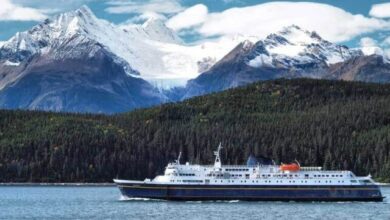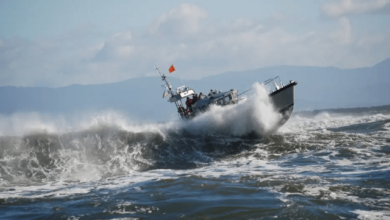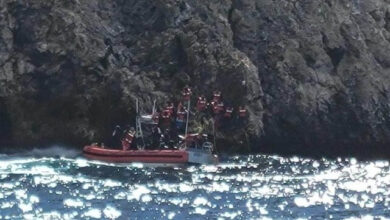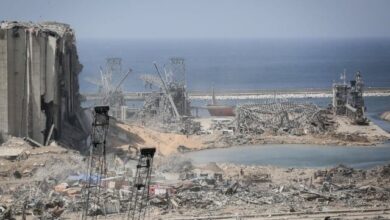HomeIncidentsSuez Canal
Suez Canal : Almost all Suez tailback vessels likely lack cover for delays
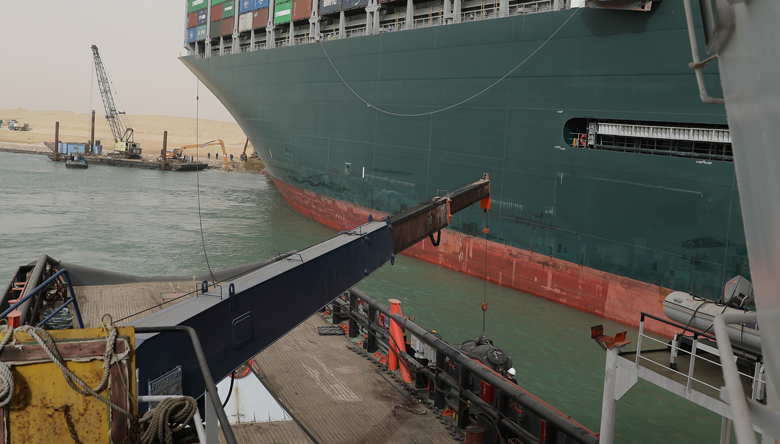
Chairman and Managing Director of the Suez Canal Authority has announced today; that navigation through the Suez Canal is temporarily suspended
That is only until the floatation works of the large Panamanian container vessel EVER GIVEN; that ran aground at the 151 km area (Canal Marking), are complete.
His Excellency has declared that yesterday witnessed the transit of 13 vessels from Port Said, among the Northern convoy, that were expected to continue their transit through the Canal according to projections on the time of completion of the floatation works of the grounding vessel. However, an alternative scenario had to be adopted; which entailed those vessels dropping anchor in the Bitter Lakes waiting area, until navigation can be fully resumed after the floatation of the vessels.

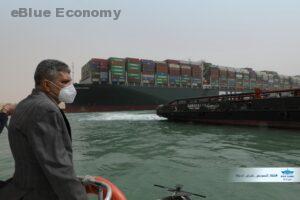
The floatation efforts included towing and pushing the grounding vessel using 8 large tugboats; largest of which is BARAKA 1 with a towing power of 160 tons.
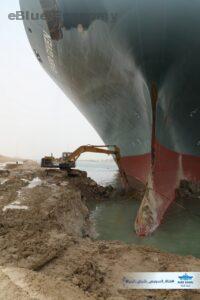
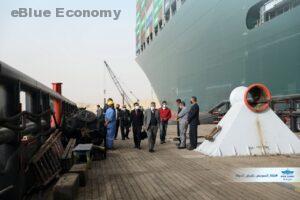
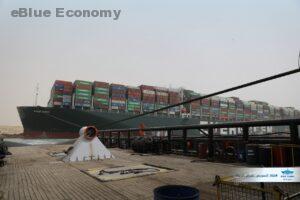
On other side
On other side as Lioyd List analizes ( David Osler) that ,the overwhelming majority of the 230-plus ships currently at a standstill in the wake of the Suez grounding will not be able to reclaim potentially sizeable out-of-pocket expenses, insurers have warned
THE overwhelming majority of the 230-plus vessels currently tailing back from the Suez Canal in the wake of the Ever Given grounding will not be able to reclaim potentially sizeable out-of-pocket expenses, insurers have warned.

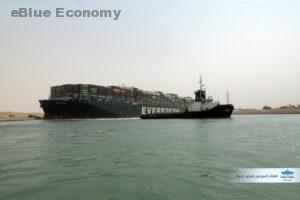

Only the handful that have availed themselves of delay cover — which, unlike hull and P&I, is not customary — can expect to make a recovery, they say
It is not known what proportion of voyages are protected by such policies at any one time. But estimates by marine insurance insiders suggest that it could be in the order of just 10%.
,The overwhelming majority of the 230-plus ships currently at a standstill in the wake of the Suez grounding will not be able to reclaim potentially sizeable out-of-pocket expenses, insurers have warned
The possibility that 90% of affected vessels are not covered will add to industry gloom over the situation, with still no word on when the key waterway will once against be able to handle transits, and projections ranging from several days to perhaps weeks.
The knock-on effects could include a deepening of container shortages already entailed by coronavirus, disruption to oil trades, and an increasing the number of port delays. Insurers are baking in a spike in demurrage costs.
Observers anticipate both extensive litigation and a significant general average claim, with Ever Given laden with 20,000 boxes carrying cargo for up to 20 cargo interests a box.
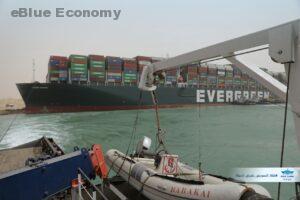
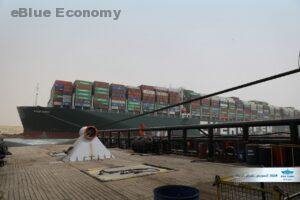
The impact of delays to third parties will vary widely from ship to ship, hitting different owners and different charterers in different ways.
Vessels stuck in the queue on timecharters remain on-hire, as the problem is extraneous to them, legal sources said.
But while that is a positive for owners, it is conversely a negative for charterers, who are paying hire for a ship at a standstill.
Those on voyage charters or repositioning without contracts are losing out on earning potential, said Watson Farley & Williams dispute resolution partner Marcus Dodds.
The problem will perhaps be most acute for vessels operating on a container line basis, such as boxships.
Ships in the canal and unable to get out might be able to rely on blocking or trapping cover, if they have taken it out.
However, such policies typically have an excess/retention of at least seven days before the risk is insured.
William Robinson, managing director of the strike and delay class at the Standard Club, said that strike and delay insurance is available to owners and charterers alike, covering risks onshore and on the ship itself.
“That can mean financial loss to the owner, if they are responsible for running costs and are then placed off-hire by a charterer, or to the assured if they are a charterer and paying hire for a ship they can’t use.
“The essence of the cover is financial indemnity for disruption that causes delay to the ship. The range of perils can be anything from a port strike to an incident like this one, or a medical emergency.”
Core membership at Mr Robinson’s class — historically known as the Strike Club prior to incorporation into Standard in 2018 — has been drawn from the general cargo and bulk carrier sectors.
Delay cover works on the basis of an agreed daily first-party indemnity rather than liability, with operators declaring the daily sum for which they wish to be insured, which might typically be $10,000 a day. In practice, most of this will be loss of earning and operating expenses.
A one-day deductible applies, and it is only in major incidents such as the Ever Given grounding that cover kicks in.
“We are starting to build a picture of the number of ships that are delayed, and the number of ships we insure that are delayed,” said Mr Robinson. “We feel this is a valuable product. This kind of incident shows why it is valuable, even for those kinds of incidents people plan for but hope will never happen.”
Claudio Blancardi is underwriting and marketing director at Nordic Marine Insurance, a fixed-premium specialist cover provider in which Britain’s West of England P&I Club took a minority stake in 2020.
NMI’s delay cover is designed to mirror the exclusions and limitations of mainstream covers.
While loss of hire cover does pay out on delays, it only does so where they are triggered by a hull claim and generally where they are in excess of 14 days.
“The quantification of the recovery is by multiplying the delay net of deductible by the daily amount. If a charterer pays $10,000 and a ship is delayed five days with a one day deductible, potentially they will recover 40,000 bucks,” said Mr Blancardi.
There are regional variations. Japanese owners with Japanese-flag ships often insist on a shorter deductible period, for instance. But these examples are rare.
Otherwise, there is high flexibility on just what can be insured. Some operators only want operational expenditure, others loss of earnings, and others still choose to protect estimated average earnings.
But although delay cover has been around for some time, take up is relatively low, thanks to low awareness on the part of potential clients.
“They’ve heard about it, but it’s a largely unknown product. You decide whether to take it or not, but objectively, what we provide cover for is real. This type of loss is excluded by hull and it’s excluded by P&I, and loss of hire cover does not insure it below 14 days, and the first 14 days are the most painful.”
Delay cover can also be had from Gard, the world’s largest P&I club by entered tonnage.
“Usually, insurance against loss of income caused by the delay or detention of a ship is triggered by physical damage,” said a spokeswoman. “Gard’s extended loss of hire product does not need that trigger, and the loss of income could arise from the delay in arrival or departure to or from scheduled port. This could be the situation that has arisen in the Suez Canal.”
This extension to the regular loss of hire on specific perils includes many other named risks, for example a cargo dispute leading to the arrest or the vessel or imposed quarantine restrictions, she added.
Lioyds List + press release




